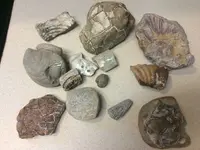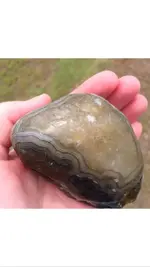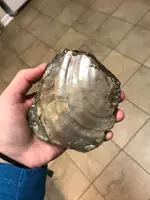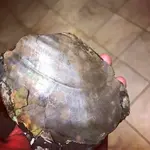StephLeigh
Jr. Member
- Joined
- Jul 8, 2012
- Messages
- 91
- Reaction score
- 66
- Golden Thread
- 0
- Location
- Charleston SC
- Detector(s) used
- Tesoro Conquistador Umax
- Primary Interest:
- Metal Detecting
- #1
Thread Owner
I have recently been on the lookout for some ammonites. I have read they are numerous around here (South Dakota) in the Fox Hills formation. I have come across some trace stuff, but nothing like I am seeing online. I have heard something about them being in "mud balls". I have been looking East of The Cheyenne, near Indian Creek. Can anyone give me any tips, or point me in the right direction. I have found bits of baculites, bivalves and some fan and horn coral. Thanks for any help!






